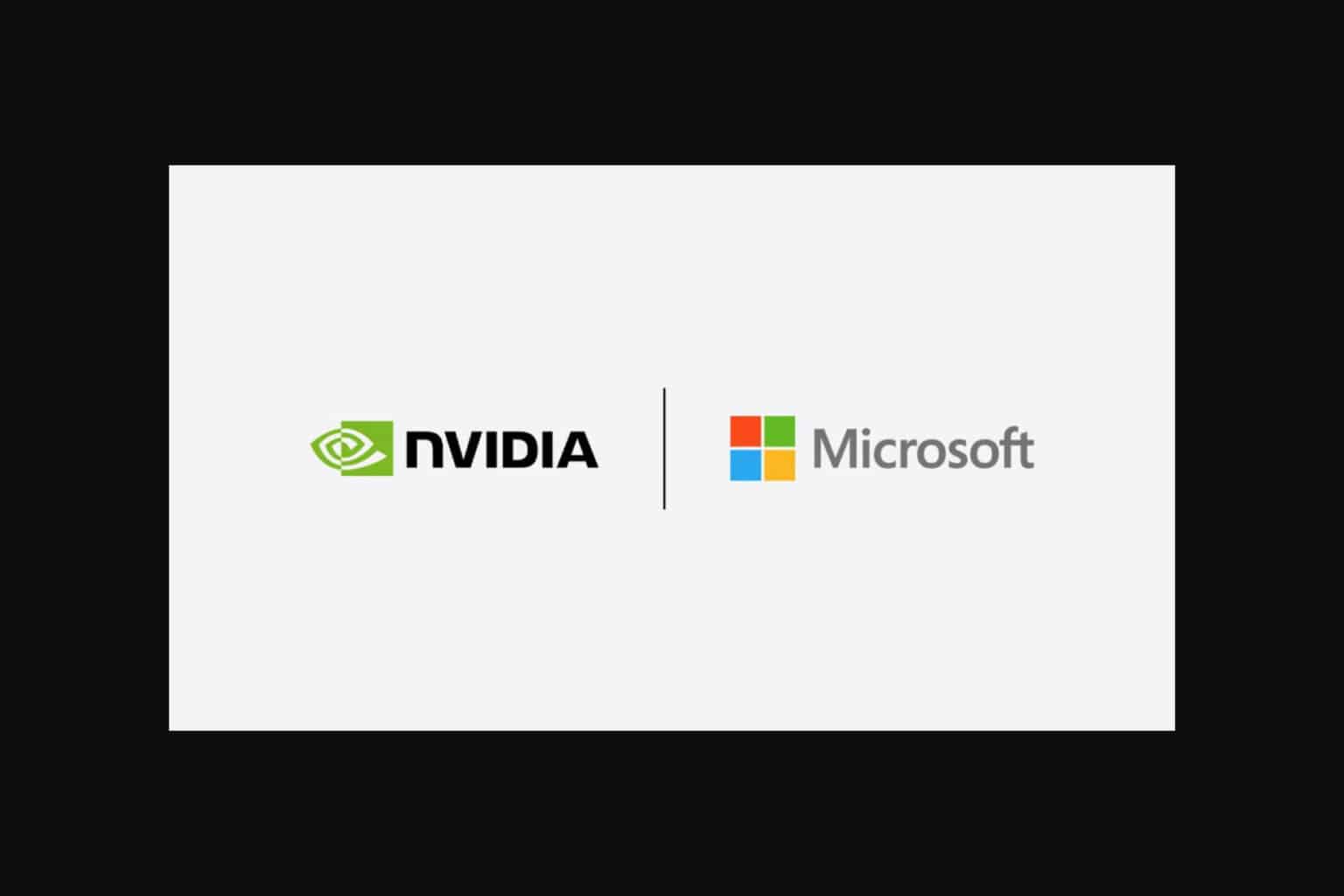
Microsoft and NVIDIA bring the Blackwell platform to Azure AI Foundry
- 19.03.2025 00:00
- windowsreport.com
- Keywords: AI, Collaboration
Microsoft and NVIDIA have integrated the NVIDIA Blackwell platform into Azure AI Foundry, enhancing AI development with advanced computing power. The collaboration accelerates generative AI deployment and supports organizations in building custom AI agents for specific tasks.